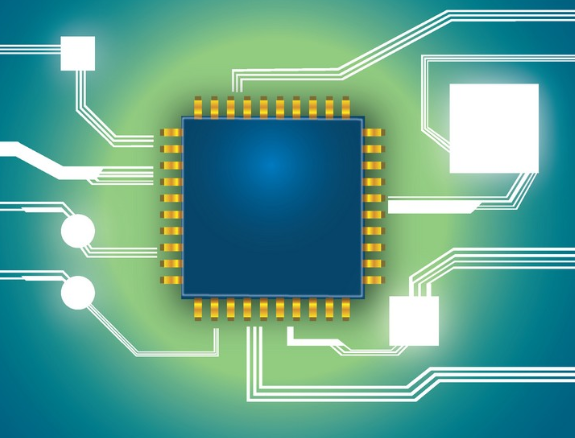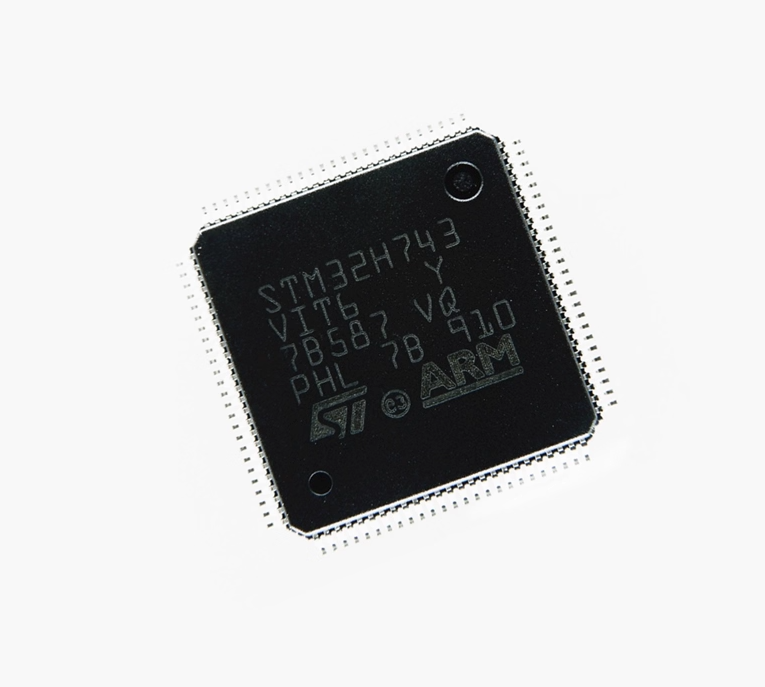X7R vs C0G Capacitors: Advanced Dielectric Analysis for Decoupling Applications
Introduction: The Critical Role of Dielectric Selection
In modern electronic systems, power integrity challenges escalate with increasing clock speeds and shrinking noise margins. The decoupling capacitor serves dual critical functions: acting as a localized charge reservoir during transient current demands and filtering high-frequency noise from power distribution networks. The choice between X7R and C0G dielectric materials represents a fundamental engineering trade-off between stability and cost-efficiency that directly impacts system performance.
Fundamental Characteristics
| Parameter | C0G (NP0) | X7R | Impact on Decoupling |
|---|---|---|---|
| Dielectric Class | Class 1 | Class 2 | Determines fundamental material properties |
| Temp. Coefficient | 0 ±30ppm/°C | ±15% (-55°C to +125°C) | Critical for wide temperature operation |
| DC Bias Effect | Negligible | Up to 70% loss | Most significant practical difference |
| Aging Rate | <0.1%/decade | 2-5%/decade | Important for long-term reliability |
| Volumetric Efficiency | Low | High | Board space considerations |
Deep Dive: Key Performance Factors
DC Bias Effect: The Hidden Challenge
The DC bias effect in X7R capacitors represents perhaps the most significant and frequently overlooked challenge in decoupling applications. As demonstrated by Murata's GRM188R71C105KA12 (1µF, 16V, 0603), effective capacitance can drop to just 33% of nominal value at moderate bias voltages. This phenomenon occurs because:
- The ferroelectric domains in Class 2 dielectrics align with applied electric fields
- This alignment reduces the material's effective permittivity
- The effect is nonlinear and temperature-dependent
Microphonics and Mechanical Sensitivity
X7R's piezoelectric properties can generate millivolt-level noise voltages under mechanical stress, making them unsuitable for:
- High-gain audio circuits (≥60dB)
- Precision sensor interfaces
- Vibration-prone environments
Advanced Selection Methodology
Four-Step Decision Process
- Critical Node Identification: Flag sensitive circuits (PLLs, references, RF)
- DC Bias Analysis: Calculate required capacitance after derating
- Physical Constraints: Evaluate board space vs. cost tradeoffs
- Environmental Factors: Consider temperature, vibration, lifetime
Implementation Strategies
Hybrid Decoupling Approaches
Advanced designs often employ mixed topologies:
| Strategy | Implementation | Best For |
|---|---|---|
| Tandem Decoupling | X7R bulk + C0G high-frequency | Mixed-signal systems |
| Voltage Stacking | Higher voltage X7R ratings | Cost-sensitive designs |
The X7R vs C0G decision embodies the essence of engineering tradeoffs. By understanding the fundamental material science behind these dielectrics and applying systematic selection criteria, designers can optimize both performance and cost. Remember that robust designs account for real-world operating conditions beyond datasheet nominal specifications.
For technical support or component selection assistance, contact our engineering team via the information below.
Related articles
Yageo CC0603KRX7R9BB104 MLCC: Complete Technical Guide for Engineers
FAQ
How does temperature affect the DC bias derating of X7R capacitors?
The DC bias effect worsens at temperature extremes. At +125°C, an X7R capacitor may lose an additional 10-15% capacitance compared to room temperature measurements. Always consult the manufacturer’s full characterization data
Are there emerging alternatives that bridge the C0G/X7R gap?
New “mid-K” dielectrics (like Samsung’s CL series) offer intermediate performance, with ±5% tempco and reduced DC bias effects (≈30% loss), though at higher cost than X7R.
What's the truth about parallel combinations of X7R and C0G?
While common, this approach requires careful analysis. The X7R still derates, and the parallel combination creates a complex impedance curve. Simulate or measure the actual network response.
For immediate samples or bulk orders, you can contact the supplier via the contact email below.
Get The Best Price From EQGOO!
10K of models in stock! Just waiting for your enquiry!


